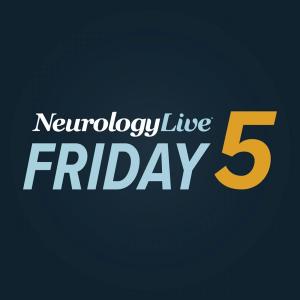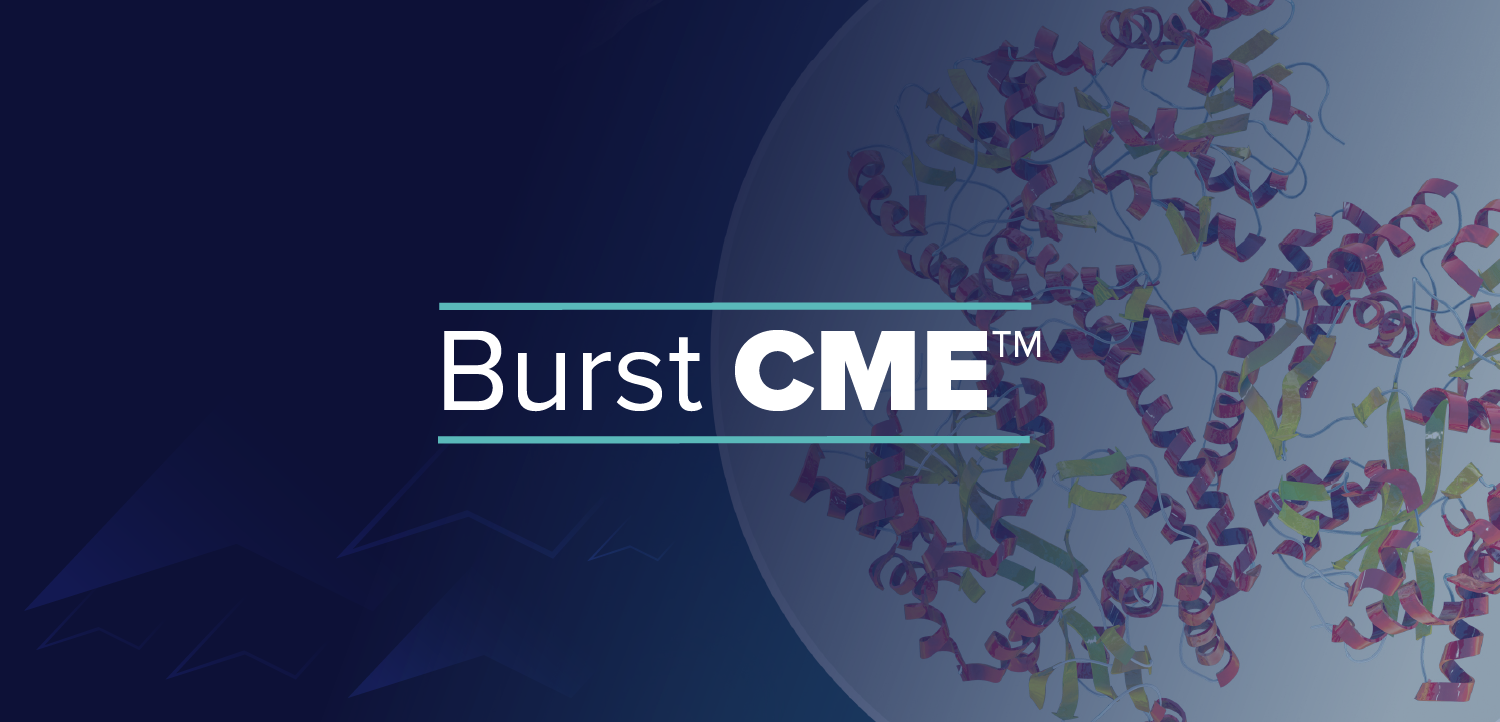|Videos|November 19, 2021
Migraine: A Historic Perspective on Preventative Therapy
Andrew C. Charles, MD, provides a historical perspective on the agents traditionally used for preventive migraine therapy.
Advertisement
Jessica Ailani, MD: Hello, and welcome to this Neurology Live® Peer Exchange titled “The Changing Landscape of the Preventive Treatment of Migraine.” I’m Dr Jessica Ailani, a professor in the department of neurology at Georgetown University Medical Center in Washington, DC. Joining me in this discussion are my good friends and colleagues Dr Andrew Charles, a professor of neurology at the [David Geffen] School of Medicine [at the University of California, Los Angeles]; Dr Stefanie J. Nahas, an associate professor in the department of neurology at Thomas Jefferson University [Hospital] in Philadelphia, Pennsylvania; Dr Christopher Gottschalk, an assistant professor of neurology at Yale School of Medicine in [New Haven] Connecticut; and Dr Rebecca Erwin Wells, an associate professor of neurology at the Wake Forest School of Medicine in Winston-Salem, North Carolina.
Welcome, everybody. I’m so glad to have you all with me. You’re all in for an amazing treat because there’s no better way to discuss the treatment of migraine than with a bunch of friends who love to have discussions and arguments about what we should do to take care of our patients with migraine. Today we’re going to discuss a number of topics that pertain to the paradigm shift in the treatment strategies to manage and prevent migraine. Let’s get started with our first topic.
We’re going to talk about the evolution of migraine preventive therapy. Let’s talk first about the historical perspective and where we’ve been in migraine prevention. I want to talk first to Dr Andrew Charles. Andy, can you tell us about some of the agents we’ve typically been using with migraine prevention? What have you seen with their use in the patients you take care of day to day?
Andrew C. Charles, MD: Thanks, Jessica. It figures that you start with the old guy to talk about the history. But I’m in a good position to talk about some of our historical perspectives. Traditionally we’ve had what we would call nonspecific therapy for migraine. These were therapies that were developed for other indications and co-opted for the prevention of migraine. These therapies fall broadly into 3 or 4 categories. There are the anticonvulsants, topiramate and divalproex sodium. Then there are the antidepressants, the tricyclic antidepressant, and also potentially SNRIs [serotonin and norepinephrine reuptake inhibitors]. Then there are the antihypertensives, beta-blockers, and candesartan, and we can put Botox in there because that has been around for quite some time, although we’ll talk about that as a newer therapy for chronic migraine.
These traditional therapies are in our practice. We certainly have people who respond to each and can respond quite nicely. One major issue is that we have very little way of predicting who’s going to respond to which therapy, so we end up choosing based on comorbidity. If an individual has trouble sleeping; we’ll use a tricyclic. If they’re hypertensive or anxious, we might use a beta-blocker. If they’re having weight issues, we might use topiramate. But these are related to comorbidities rather than actual treatment of migraine.
The other issue is that they all have fairly significant adverse-effect profiles that we have to deal with. Part of our management is balancing the adverse effects with the beneficial effects while using these traditional therapies. That’s what I would put out there as a historical perspective.
Jessica Ailani, MD: You make some good points about the balancing of the adverse-effect profile, which is an important aspect. When we’re thinking about some of our historical medications, it’s not that they’re not effective; it’s the tolerability. That’s a concern patients have when we’re talking to them about preventive treatment.
Thank you to our audience for watching this Neurology Live® Peer Exchange. I hope that you’ve enjoyed watching this program as much as we’ve enjoyed spending this time together. If you have enjoyed this content, please subscribe to our e-newsletters to receive upcoming Peer Exchanges and other great content right in your in-box.
Transcript edited for clarity.
Newsletter
Keep your finger on the pulse of neurology—subscribe to NeurologyLive for expert interviews, new data, and breakthrough treatment updates.
Advertisement
Related Articles
 NeurologyLive® Friday 5 — September 12, 2025
NeurologyLive® Friday 5 — September 12, 2025September 12th 2025
 NeurologyLive® Friday 5 — September 5, 2025
NeurologyLive® Friday 5 — September 5, 2025September 5th 2025
Latest CME
Advertisement
Advertisement
Trending on NeurologyLive
1
FDA Hands Complete Response Letter to SL1009 for Pyruvate Dehydrogenase Complex Deficiency
2
Expanding the Alzheimer Drug Development Pipeline
3
Shared Decision-Making and Ethics in Complex Neurology Clinical Research: Paul Ford, PhD
4
Patient-Reported Study Identifies Common Symptoms and Timing During Migraine Prodrome
5













































